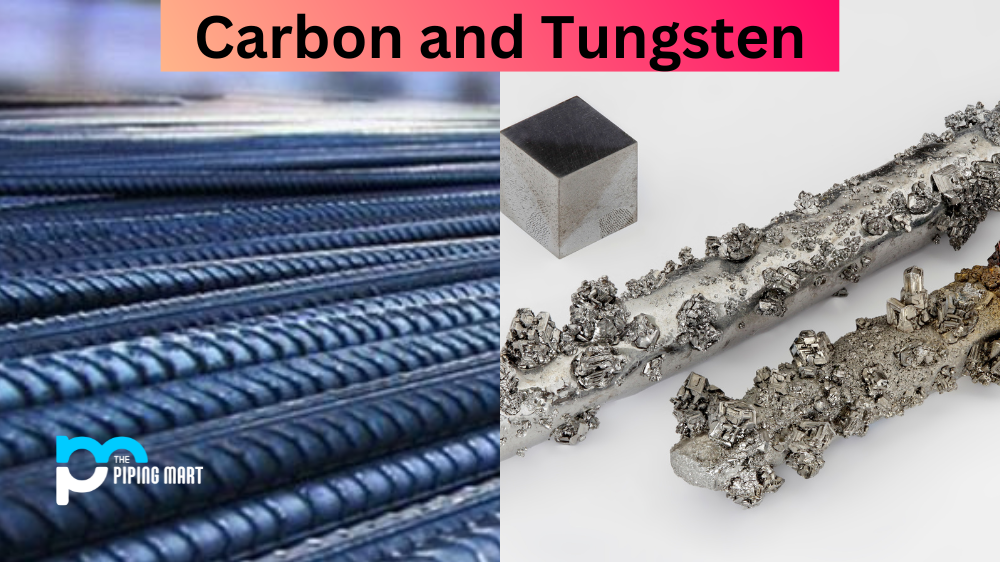Tantalum is a refractory metal widely used in many industries, from aerospace and automotive to food processing and medical. It has a high melting point, excellent corrosion resistance, and is incredibly ductile, making it a great choice for machining. However, working with tantalum can take time and effort. In this blog post, we’ll take a look at everything you need to know about machining tantalum.
Why Use Tantalum?
Tantalum is the perfect material for machining because of its unique properties. It has an extremely high melting point of 3290°F (1820°C), which makes it ideal for high-temperature applications such as aerospace components or food processing equipment. Additionally, tantalum is incredibly corrosion-resistant and ductile, making it a great choice for machining into complex shapes with intricate details.
What Tools Are Used for Machining Tantalum?
The tools used for machining tantalum can vary depending on the shape and size of the part being produced. They are, generally speaking. However, when working with this material, most machinists will use standard cutting tools like drills, reamers, taps, and dies. Specialized tools like end mills are occasionally used if the part requires additional detail or precision. Depending on the application, some machinists may even opt to use diamond-tipped tools to ensure they get the best possible finish on their parts. It’s also important to note that when machining tantalum, it’s best to use sharp cutting tools since dull ones can cause excessive heat buildup, leading to tool failure or part damage.
Tips for Machining Tantalum
When machining tantalum, there are a few tips that you should keep in mind in order to ensure you get the best possible results from your workpiece:
- Always wear appropriate safety gear when handling this material—it’s very dangerous if mishandled!
- Avoid using coolants whenever possible; coolants can react with tantalum and cause damage to your component or tooling
- Keep your cutting speed low—high speeds can generate too much heat, which could damage both your component and your tooling
- Use sharp cutting tools whenever possible—dull tools will cause excessive heat buildup
- Reduce feed rates when drilling or tapping into tantalum; this helps reduce friction between the tooling and material
Conclusion:
In conclusion, machining tantalum is no easy task, but with patience and proper technique, it can be achieved successfully. By following these tips, you can efficiently produce parts from this unique material while avoiding any unnecessary issues! With its high melting point and excellent corrosion resistance properties, tantalum makes an ideal choice for many different applications where traditional materials just don’t cut it. Whether you’re producing aerospace components or food processing equipment—if you need something durable and reliable, then consider using tantalum in your next project! Thanks for reading!
Sakshee is a talented blogger, with a particular focus on the Business and Metal Industry. She is passionate about sharing her insights on various metal products and helping professionals to make a better decisions.




